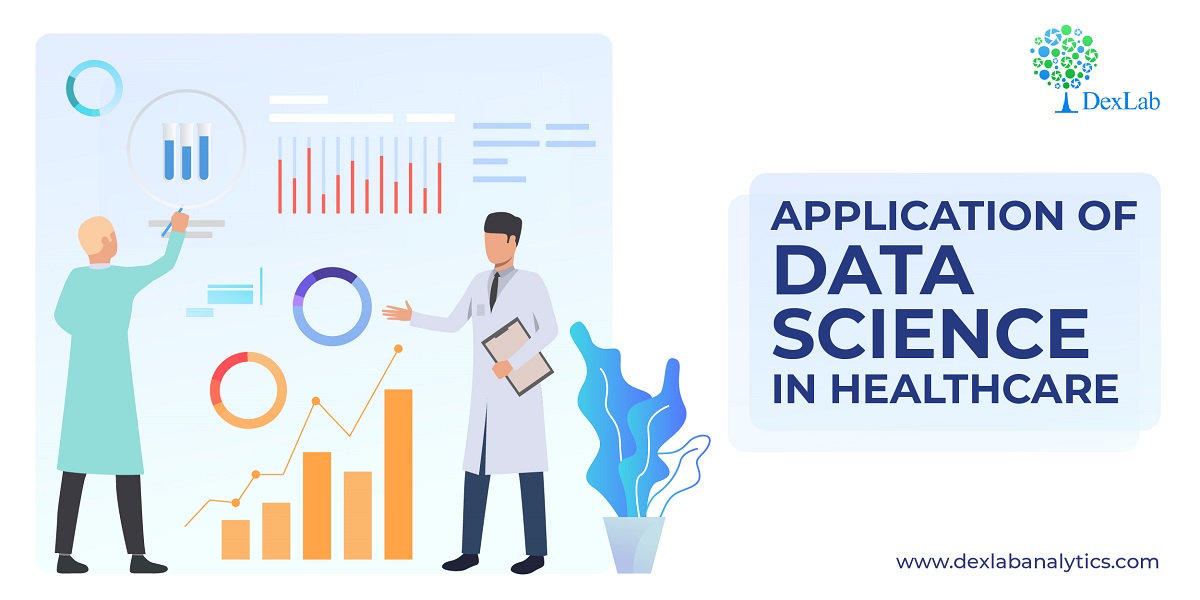

Are good at communication with end users.Have shown an ability to learn new skills.Have domain knowledge to understand the problems at hand.Have analytical skills to create insights from data.The definition of a data analyst varies across organizations the best candidates for healthcare data scientists have the following attributes: Identify the Best Candidates Amongst Your Data Analysts
#HEALTH DATA SCIENCE INFOGRAPHIC HOW TO#
Even though data analysts may not realize it, they already know how to create features. How to Turn Data Analysts into Healthcare Data Scientists Start With What They Already Knowĭata analysts are already about 90 percent of the way to becoming healthcare data scientists. In Figure 1 , bottom-up AI model is appropriate for the first two use cases while the top-down AI model is the best fit for the next two use cases. This strategy works well with some use cases and better utilizes existing data analysts so they can get the work done faster. Then, they work with clinicians and others to embed insights into existing workflows.

They work with healthcare data scientists (employed or consultants) to find the best approach and validate results. Here, existing data analysts shape the data, understand the problem, and design the solution. While there’s nothing wrong with this strategy, and there are plenty of use cases where this works well, there’s a complementary strategy–bottom-up AI–that utilizes the skills of data analysts first. This typically takes a year or more until the data scientists are comfortable enough to hand over a prototype or a working solution to the data analysts, who then have to integrate it with production code. In this situation, the company hires a few data scientists and then trains them to understand the organization’s data, problems, and people.

Top-Down AIĪ typical strategy that most healthcare organizations are employing is top-down AI.

In fact, 76 percent of data scientists view data preparation as the least enjoyable part of their work. Not only is this not an effective use of their time, data scientists don’t enjoy it. While many people think data scientists spend their days creating algorithms and doing predictive analysis, most data scientists spend 80 percent of their time collecting, cleaning, and organizing data–otherwise known as data wrangling. Data scientists can leverage data analysts for manipulating the data.īy addressing each category of use cases differently, health systems can foster a good partnership between data scientists and data analysts where everyone is working at the top of their license. Other times, the data will not fit the pattern and they will need to manipulate the data or apply different algorithms and at this time they can seek advice from a data scientist.ĭata scientists can focus on the next two use cases with known patterns and use cases without known patterns. Typically, as they dig deeper into the problem, they will find that the data fits the defined pattern and they can continue by themselves. To learn what types of AI use cases are appropriate for data analysts to tackle, it’s helpful to categorize AI use cases into four buckets as shown in Figure 1 below.ĭata analysts should focus on the first two simple use cases with known patterns, because they can follow existing patterns for solving them. Categorization of AI Use Cases in Healthcare Data analysts are the untapped engine for AI. For data analysts, it creates a tremendous opportunity to expand their skillsets and increase their job security. This shortage should incentivize organizations to better utilize their existing data analysts, and, where possible, eventually turn some data analysts into data scientists. have healthcare experience? According to a recent study of Linkedin data, approximately only 180 work in the healthcare field. What if there was a way to harness the power of existing data analysts to enable health systems to leverage AI faster?Īn August 2018 Linkedin Workforce Report described the demand for data scientists as “off the charts” and estimated that there is a national shortage of more than 150,000 people with data science skills. Instead, health systems have data analysts who understand the organization’s data, people, and workflows. There is a large shortage of healthcare data scientists which is hindering the ability of health systems to leverage the power of artificial intelligence (AI).


 0 kommentar(er)
0 kommentar(er)
